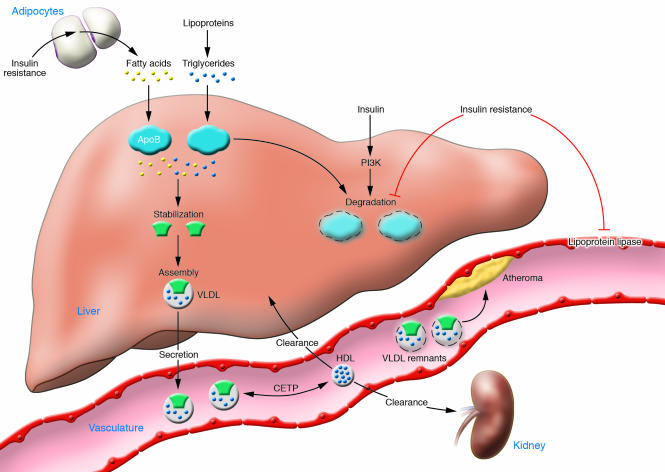Figure 1. Systemic insulin resistance produces a proatherogenic lipid phenotype.
Early in the course of systemic insulin resistance, FFAs increase because of loss of the suppressive effects of insulin on lipolysis in adipocytes. Fatty acids are transported to the liver, where the availability of lipid stabilizes the production of apoB, the major apolipoprotein of VLDL particles. Decreased insulin signaling dampens degradative pathways for apoB, which also contributes to increased VLDL production. Lipoprotein lipase, found in the endothelium of peripheral capillaries and rate-limiting for the clearance of triglyceride-rich lipoproteins, is decreased in insulin resistance. Hence, hypertriglyceridemia in insulin resistance (reflecting elevated VLDL particles) occurs because of a combination of increased VLDL production and decreased VLDL clearance. VLDLs are metabolized to remnant lipoproteins, which can promote atheroma formation. The presence of increased VLDL particles also affects HDL metabolism. Triglycerides in VLDL are transferred to HDL through the action of cholesteryl ester transfer protein (CETP). This process results in a triglyceride-enriched HDL particle that is more rapidly cleared from the circulation, leaving fewer HDL particles to accept cholesterol from the vasculature.

